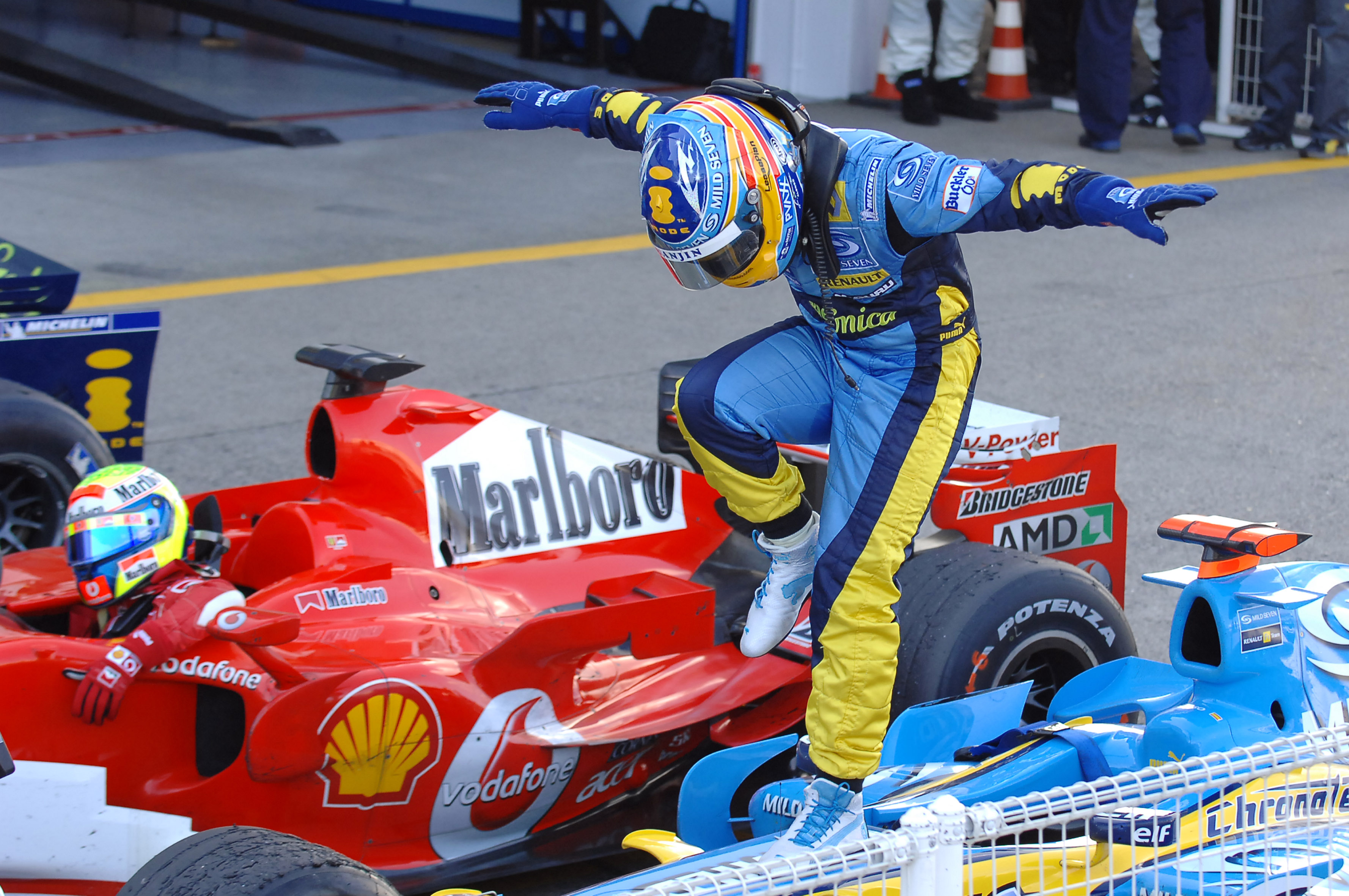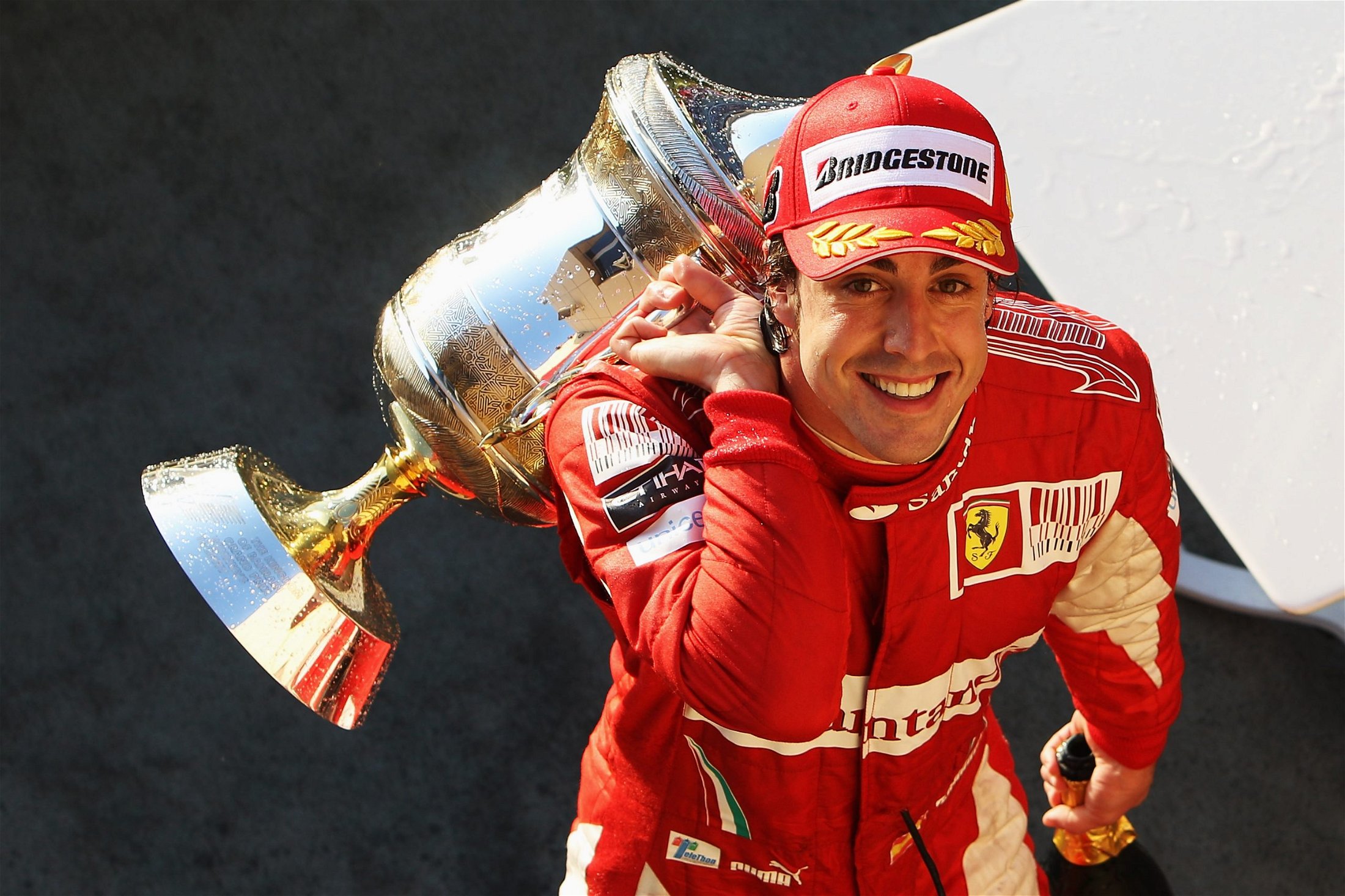
The wide-angle engine had proved so afflicted by vibration in 2001 that its maximum revs were restricted and its components were beefed up to withstand the strain, which gave the car rearward-biased weight distribution. The aerodynamic regulation reset probably helped Renault by wiping out much of the accumulated advantage built up by the dominant Ferrari team in the immediately preceding seasons. In addition, there was a late-notice requirement that each engine should last not one weekend, as in 2004, but two. The pit stops were therefore planned solely for refuelling, which wouldn’t be banned until 2010. READ MORE: Alonso? Vettel? Who is really on Renault's driver shopping list for 2021? New aerodynamic restrictions applied to the front and rear of the cars and a new sporting regulation – which lasted only for this season – stipulated no tyre changes during the race.


It was the final year of the three-litre V10 formula but, although the engine technical regulations were unchanged in 2005, not much else was. Featuring illustrations from Giorgio Piola, here’s the technical guide to how the R25 shook up the order and pulled off a near-flawless season. With Fernando Alonso’s name back in the headlines as Renault seek a replacement for McLaren-bound Daniel Ricciardo in 2021, Mark Hughes looks back at the car that delivered him his first drivers’ championship in 2005 – the Renault R25 – and Renault their first-ever constructors’ title.


 0 kommentar(er)
0 kommentar(er)
